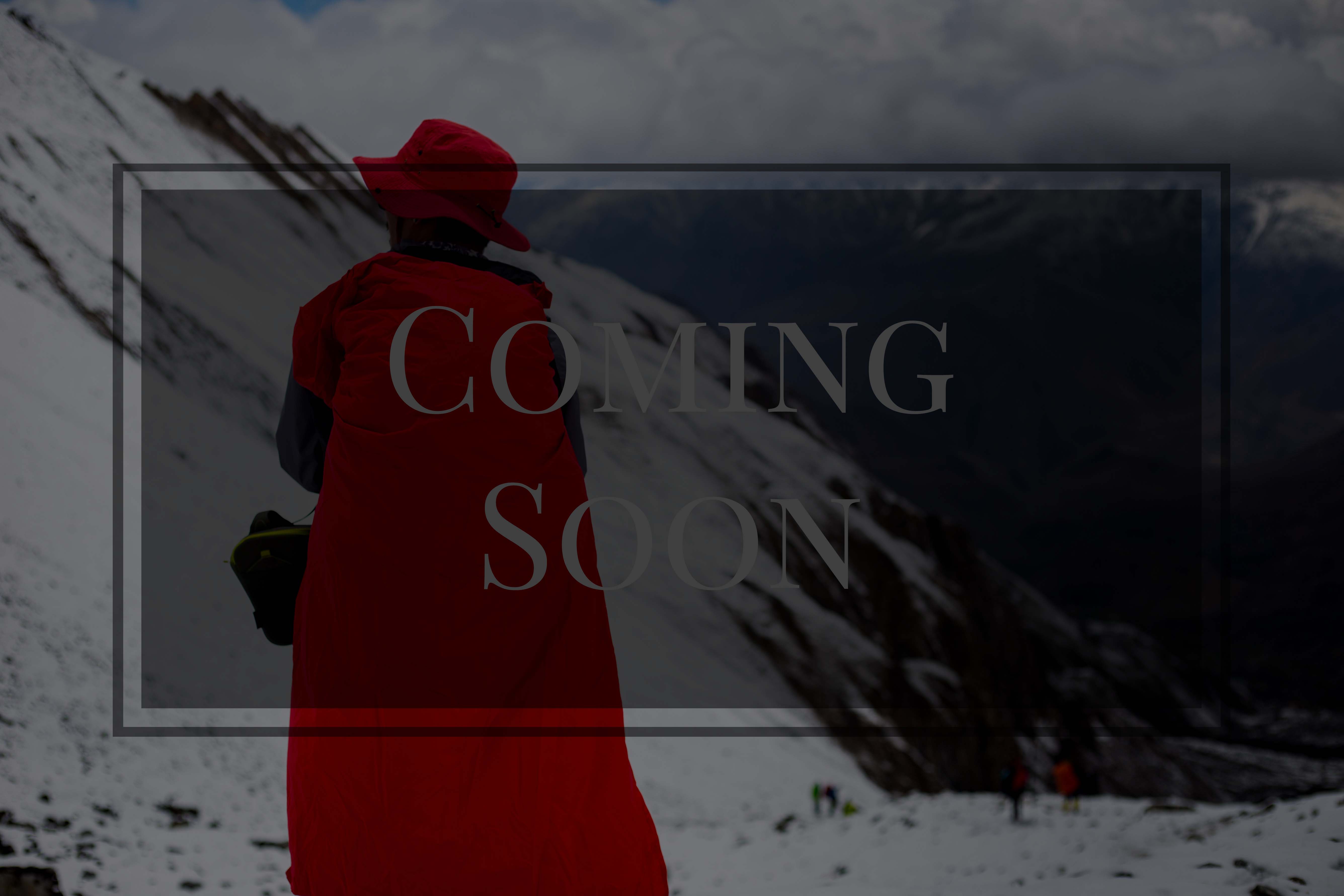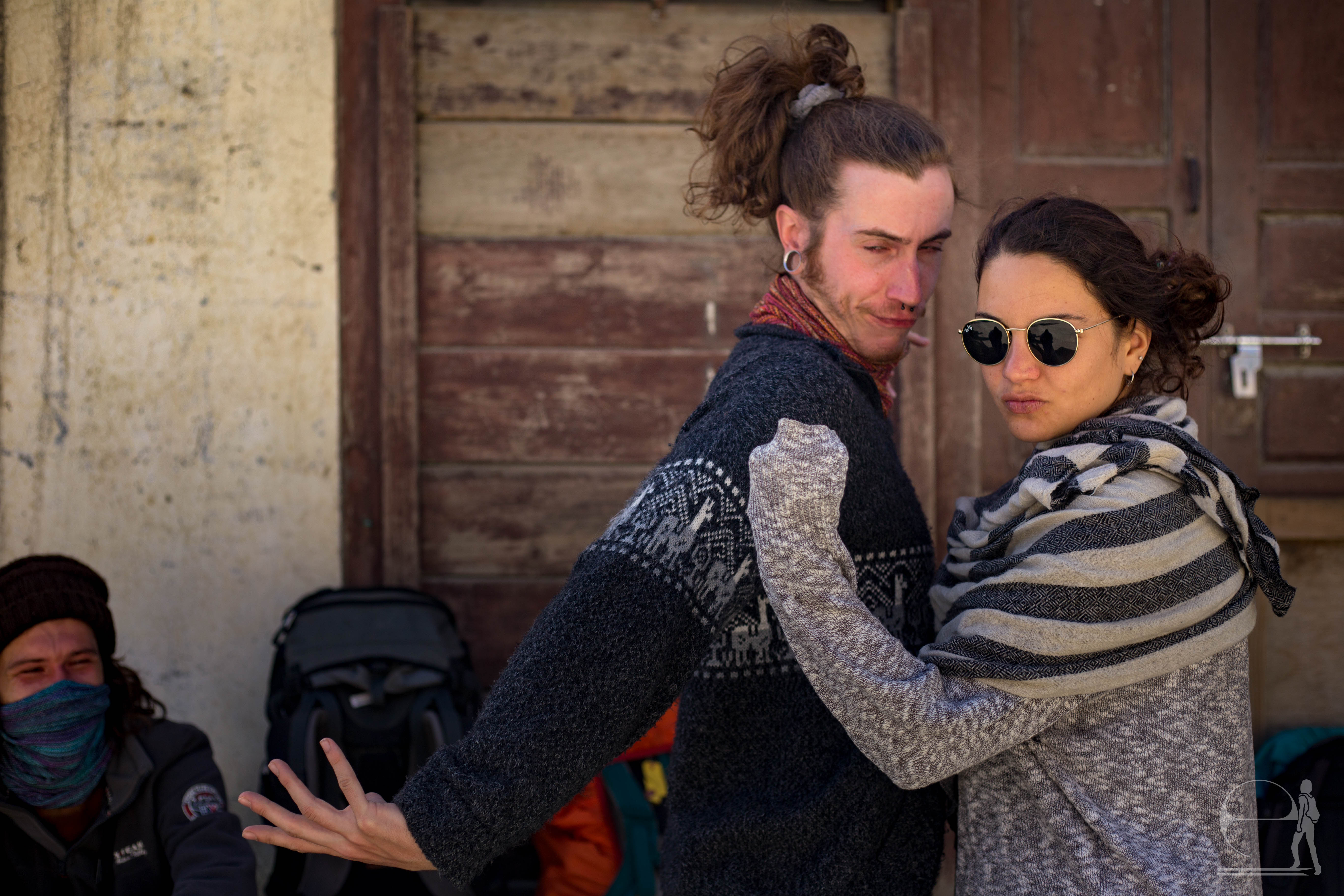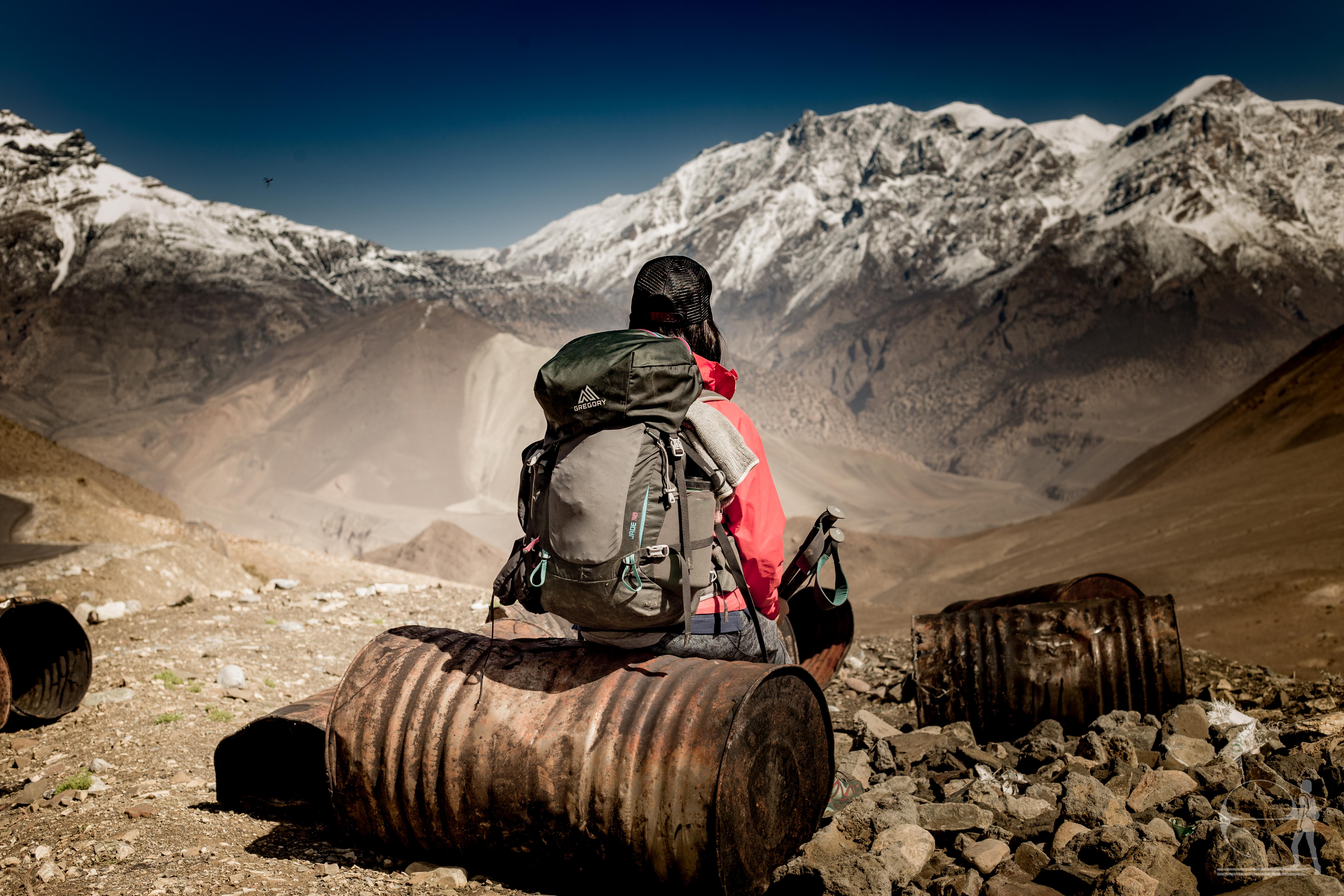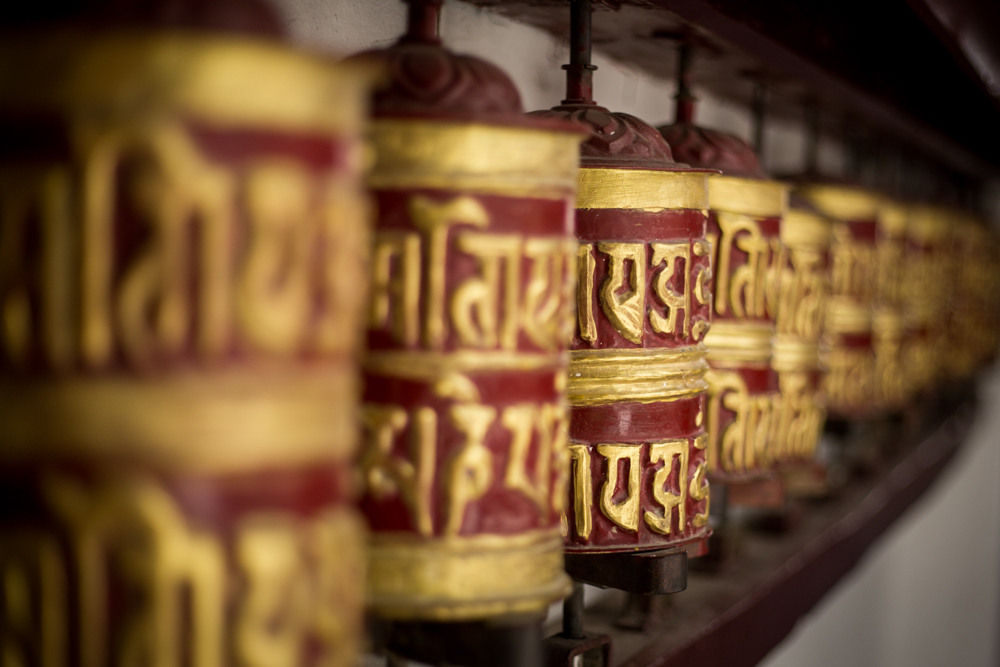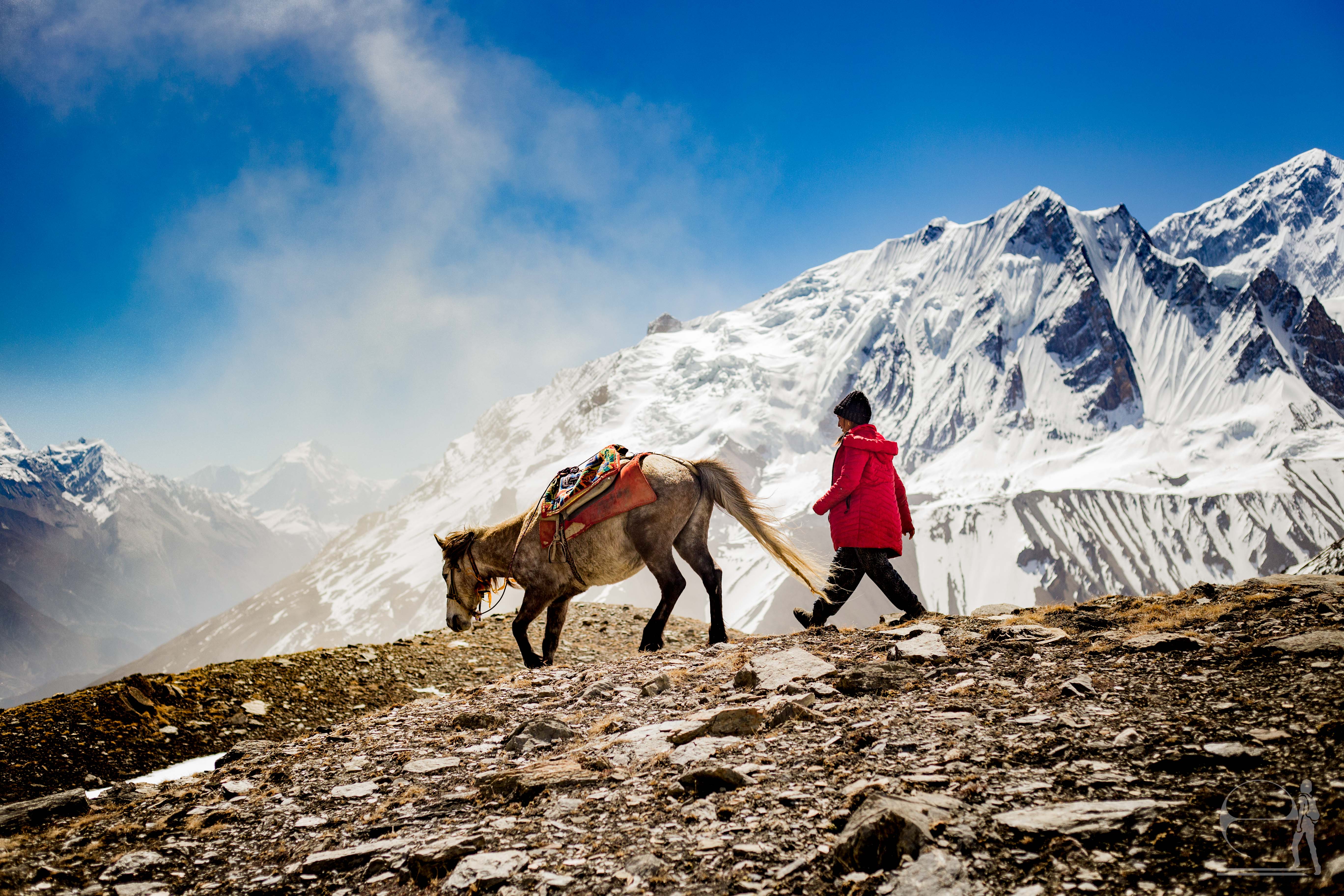Why is altitude dangerous?
Altitude is a real concern in the mountains. Here are some basics to get you started.

Altitude scares me. When I planned my first trek — and actually throughout my first trek and even now after 4 treks — altitude was the scariest factor. It affects everyone differently, and there is no way to truly prepare before you hit the trail other than to educate yourself. But, I didn’t want that to keep me from the mountains.
Think of altitude as a challenge: educate, plan, and overcome this.
You don’t need to be a mountaineer to trek in Nepal. There’s a distinction between trekking (multi-day hike) versus mountaineering (climbing those 6000-8048m peaks). For trekkers, even the high Thorong La pass (5416m) of the Annapurna Circuit and Larke La pass (5106m) of the Manaslu Circuit are both manageable with proper trip planning and acclimatization. Check out this page about different treks.
So what makes altitude dangerous?
Higher elevations mean lower air pressure, which in turn means thinner oxygen levels. This means, you’re taking in less oxygen with each breath. Your body, as a result, has to work harder to compensate.
Be kind to your body and give it time to adjust to the lower levels of oxygen in the air.
Everyone’s body reacts to altitude differently: your level of physical fitness has little correlation to how you react. Maybe one time you’ll have no symptoms, maybe you’ll show symptoms another time.
Here’s a story Lama Sanu, a guide friend, told me: some Sherpas who had just successfully summited Everest (8048m) went on the Ghorepani/Poon Hill trek (max elevation 3210m) later in the season. At 3210m, the Poon Hill trek is usually recommended as one without real risks of altitude sickness. Perhaps the Sherpas went too fast or other factors were involved, but they got altitude sickness.
What is altitude sickness?
Altitude sickness is an umbrella term for three altitude-related illnesses: Acute Mountain Sickness (AMS), High-altitude Pulmonary Edema (HAPE), and High-altitude Cerebral Edema (HACE). Typically, the very first symptoms are felt around 3000-3500m, sometimes as low as 2500m.
AMS is most commonly experienced by trekkers, including a mild headache, nausea, fatigue, dizziness, or waking up short of breath. Treated properly, AMS is not life threatening. Left untreated, AMS can become the more dangerous HAPE or HACE.
HAPE is dangerous. In simple terms, HAPE is where your lungs fill with fluid and you slowly drown. Common symptoms include shortness of breath, elevated heart rate at rest, and a dry cough. As it progresses, you might hear bubbling sounds in your lungs and your nailbeds and lips may turn blue. If you show any of the commonly listed symptoms, stop and get help. Your only option may be to descend and get oxygen.
HACE is more rare than HAPE, but just as threatening. HACE involves brain swelling leading to a coma and usually occurs above 4000m, but has been known to occur lower. Symptoms include disorientation, lack of energy, stumbling, and hallucinations. If you show any of the commonly listed symptoms, stop and get help. Your only option may be to descend and get oxygen.
How do I prevent altitude sickness?
Acclimatize. Acclimatize. Acclimatize.
The higher you’re going, the longer you need to acclimate.
Be kind to your body and give it time to adjust to the lower levels of oxygen in the air. It is common to feel some discomfort as you climb higher than 3000m. Keep tabs on these symptoms and be sure to acclimatize: stay long enough at each altitude to let your body adjust before climbing higher. The higher you’re going, the longer you need to acclimate.
Here are some general preventative measure:
- Limit your elevation gain. Normally, it is suggested that you don’t gain more than 500m of elevation a day once you’re above 3000m. You can climb a bit more if you plan on sleeping lower.
- Plan acclimatization days. For every 1000m gained, try to plan an acclimatization day. Have your first day around 3000m. On this day, take it as a rest day or do a short day hike up a bit higher before coming back down.
- Climb high, sleep low. If your schedule allows, try to climb a bit higher than you plan on sleeping. Once you’re at the max altitude for the day, rest there for a half hour or so to expose your body to the altitude. Then, return down to the lower elevation and sleep. This gives your body a better fighting chance at acclimating.
- Go slow. Don’t rush or over-exert yourself, even if this means walking very slowly to keep your heart rate slow and steady. Your only opponent is yourself.
- Communicate. Don’t trek solo. Keep your companions aware of any discomforts you feel. It’s often helpful to take along a guide, since they are more familiar with symptoms and can give you advice.
- Hydrate. You experience fluid loss as your body acclimates. Be sure to replace your fluids. In other words: check your pee, it should be clear.
- Preventative foods and pills. There are various foods (garlic, ginger, pepper) and pills (Diamox/Acetazolamide) you can take to prevent altitude sickness. Please check the medical literature on these or check with a medical professional before starting your own regimen. Keep in mind Diamox is pretty harsh on your body, so it’s probably best to avoid it unless you absolutely need it.
What should I do if I feel symptoms?
Preventative measures aside, let’s say your headache is persistent or you’re feeling worse. Rest doesn’t seem to be helping. At this point, it’s probably best to descend to a lower altitude. I know, it’s hard to turn back, and maybe this is ruining your plans to cross that gorgeous high pass. The mountains is no place for ego. The mountains will wait: take care of yourself first.
How do I prepare?
To sum this up, altitude is a real threat. But, it shouldn’t keep you from the Himalayas.
Rather, think of altitude as a challenge: educate, plan, and overcome this. It’s part of the experience of being in the mountains.
You’re doing the first step by starting to read about altitude. Plan your trip to allow for acclimatization days, educate yourself, and be prepared to turn back if that’s what your body dictates.
Here is some reading on altitude sickness to get you started!
- The Climbing Magazine
- The International Climbing and Mountaineering Federation (UIAA)
- National Center for Biotechnology information
And, for a more general introduction to being in the mountains, check out the aptly named Mountaineering: The Freedom of the Hills, 9th Edition. This is a great reference for the absolute beginner to the experienced mountaineer.

